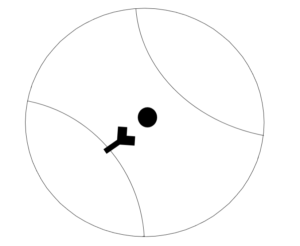Cancer-stroma interactions

When we think of cancer, we mostly think of cells constituting the neoplastic part of cancer. But a cancerous lesion consists of many other cell types, which could resist, or help in its progression. These “stromal cells” consist of activated fibroblasts, macrophages, endothelial cells, as well as the specialized environment modulated by these cells. In our lab, we attempt to systematically understand how cancer and stromal cells interact with each other using a variety of approaches, including microfluidics, nanotechnology, live cell imaging, and genetic screens. We aim to elucidate the mechanisms through which stroma facilitates cancer to grow, become invasive, and resistant to chemotherapeutic drugs.
Related Publications
Kshitiz, Afzal J*, Suhail Y*, Ahn EH, Goyal R, Hubbi ME, Hussaini Q, Ellison DD, Goyal J, Nacev B, Kim DH, Lee JH, Frankel S, Gray K, Bankoti R, Chien AJ, Levchenko A (2015). Control of the interface between heterotypic cell populations reveals the mechanism of intercellular transfer of signaling proteins, Integrative Biology, 7, 364-372. Article

